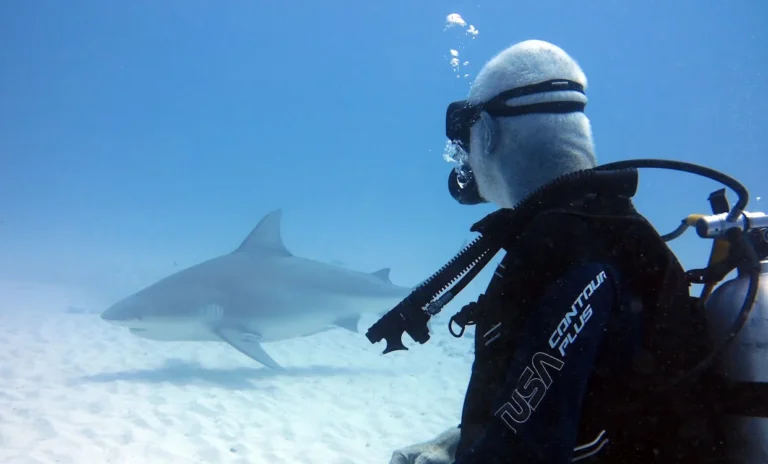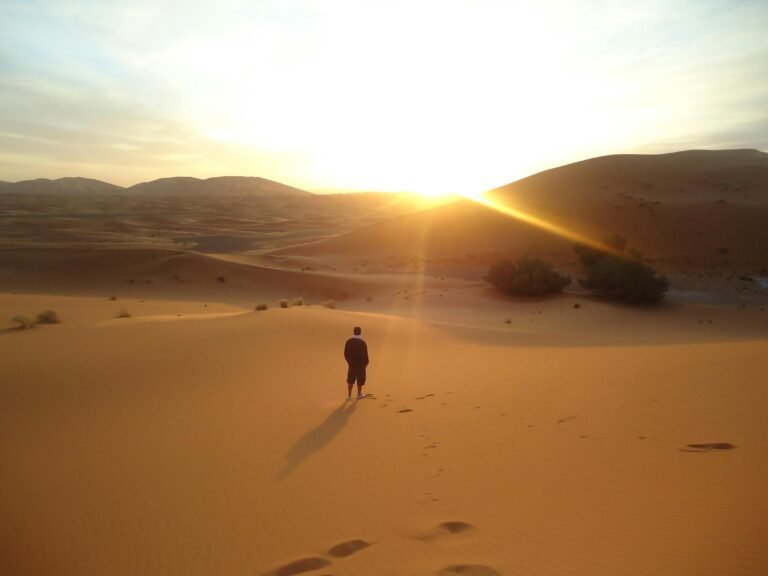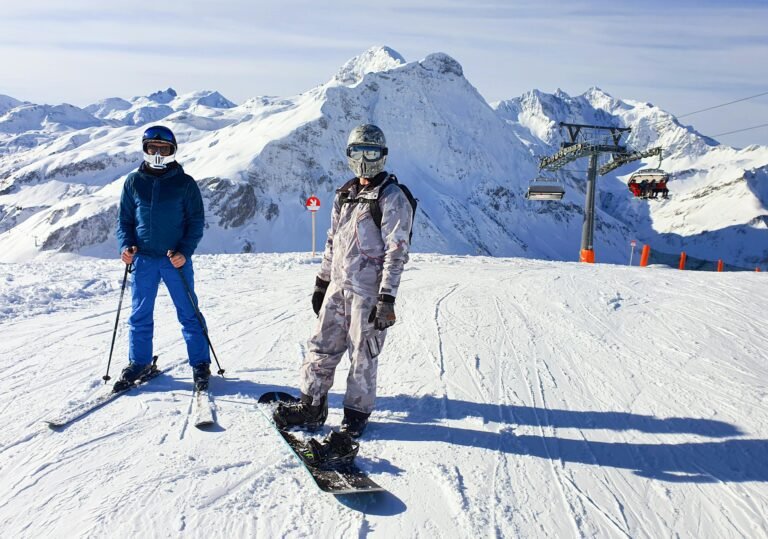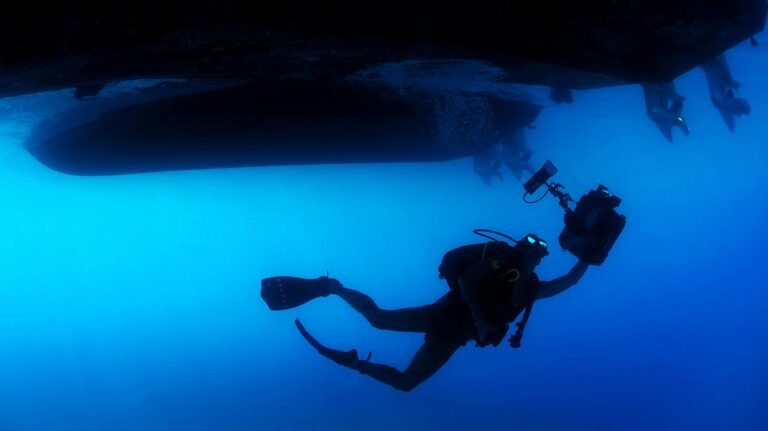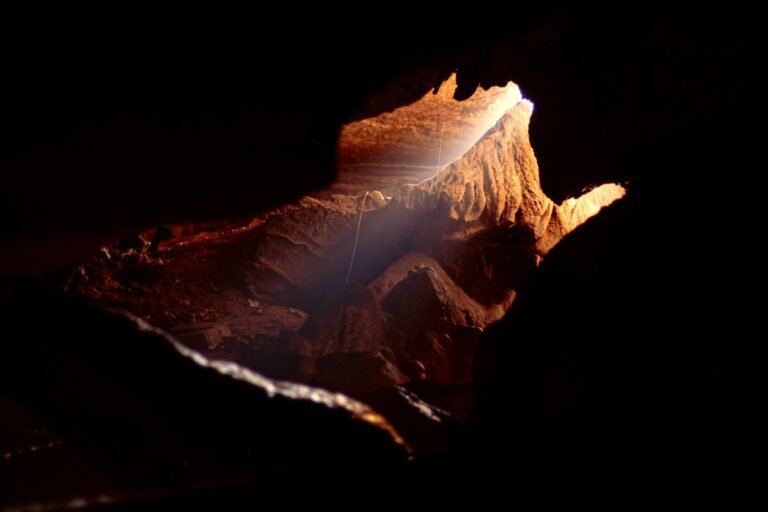Hiking and Trekking Meaning: Understanding the Difference

When someone says they love exploring nature, are they talking about hiking or trekking? Understanding the meaning of hiking and trekking can help clarify this common question.
While these activities might sound similar, they’re not the same—and the differences matter if you’re serious about outdoor adventures.
Whether you’re just dipping your toes into nature or already a seasoned explorer, knowing what sets these two apart can make your time outdoors even more rewarding.
In this guide, we’ll break down what hiking and trekking really mean, what makes them unique, and how you can prepare for each.
We’ll also dive into the physical, mental, and even social benefits they bring.
So, whether you’re gearing up for your first trail or eyeing a challenging trek across wild landscapes, this will cover the essentials to help you get started.
What Does Hiking Mean?

Hiking is one of the easiest ways to get outside and enjoy nature.
It’s simply walking on well-maintained trails or paths, often in scenic places like forests, mountains, or along coastlines.
With minimal gear and preparation, hiking makes it easy for almost anyone to step away from the daily grind and reconnect with the natural world.
Key Characteristics of Hiking
Shorter Distances
Most hikes can be completed in a single day, making them ideal for those looking to enjoy nature without extensive planning.
Marked Trails
Trails are usually well-signposted, eliminating the need for advanced navigation skills.
Minimal Gear
A sturdy pair of shoes, water, snacks, and perhaps a daypack are enough for most hikes.
For an idea of what to bring along, check out The Ultimate Day Hike Packing List to make sure you’re fully prepared.
Popular Hiking Destinations
Some of the best hiking destinations around the world include:
Appalachian Trail, USA
Spanning over 2,000 miles, this trail offers a range of difficulty levels.
Some sections are beginner-friendly, while others present a tougher challenge, ideal for experienced hikers looking for something more demanding.
Mount Takao, Japan
This trail is popular for its easy access from Tokyo and stunning autumn foliage.
It’s a relatively easy hike overall, though certain sections can get a bit steep.
Trolltunga, Norway
Renowned for its breathtaking views, this hike is longer and more physically demanding than a typical day hike.
Why People Love Hiking
Hiking is a versatile activity that appeals to people of all ages and fitness levels.
Here’s why:
Physical Fitness
Hiking boosts cardiovascular health and builds strength in your leg muscles.
Mental Health
Spending time outdoors lowers stress levels and boosts your mood.
Exploration
Hiking is a fantastic way to uncover hidden natural treasures, like waterfalls and wildflowers.
What Does Trekking Mean?

While hiking is typically a day activity, trekking steps it up a notch.
Trekking involves multi-day journeys through rugged, often remote terrain.
It’s a more immersive adventure that demands endurance, careful preparation, and a strong sense of adventure.
Key Characteristics of Trekking
Extended Duration
Treks range from two days to several weeks, requiring greater stamina and commitment.
Challenging Terrain
Trails can be steep, unmarked, and physically demanding.
While some trekking routes may be accessible, others involve more difficult conditions.
Self-Sufficiency
Trekkers must carry everything they need, including camping gear, food, and navigation tools.
If you’re new to trekking, you’ll find Trekking Essentials for Beginners an invaluable resource for planning your first trip.
Famous Trekking Routes
Trekking enthusiasts from around the world flock to these iconic routes:
Everest Base Camp, Nepal
A demanding trek offering panoramic views of the world’s tallest mountain, requiring significant endurance and preparation.
Inca Trail, Peru
A historical trek leading to the stunning ruins of Machu Picchu, considered moderately challenging and accessible for most trekkers.
Annapurna Circuit, Nepal
A trail that takes you through diverse ecosystems, from tropical forests to alpine tundra.
It’s known for being a physically demanding but rewarding route.
Challenges of Trekking
Unlike hiking, trekking demands much more from participants, both physically and mentally.
Trekkers have to endure long hours of walking while carrying heavy packs, navigate unmarked or poorly marked paths, and adapt to extreme weather conditions or high altitudes.
Key Differences Between Hiking and Trekking

Though “hiking” and “trekking” might sound similar, they’re quite different in terms of scope, difficulty, and gear requirements.
| Aspect | Hiking | Trekking |
|---|---|---|
| Terrain | Marked trails, well-maintained paths | Rough, remote, and rugged terrains |
| Duration | Short, single-day trips | Multi-day journeys |
| Gear | Lightweight and minimal equipment | Extensive gear, including camping tools |
| Skill Level | Beginner-friendly | Requires higher fitness and survival skills |
Benefits of Hiking and Trekking
Both hiking and trekking provide life-changing benefits that go well beyond just physical fitness.
Physical Benefits
- Hiking: Enhances stamina, improves cardiovascular health, and tones lower body muscles.
- Trekking: Builds endurance, strengthens the core and upper body through carrying a heavy backpack, and improves overall agility.
Mental Benefits
Spending time in nature has been shown to reduce stress, anxiety, and depression.
Trekking, especially, builds resilience and mental toughness because of its challenging demands.
Social and Cultural Benefits
- Hiking: A great way to meet people who share your interests.
- Trekking: Often involves engaging with local communities, offering insight into different cultures and ways of life.
Tips for Beginners: Choosing Between Hiking and Trekking

Not sure where to begin? Here’s how to pick the right adventure and get prepared.
Assess Your Fitness Level
- Hiking: Suitable for most fitness levels, even beginners.
- Trekking: Demands greater endurance and physical conditioning.
Start Small
Begin with short hikes and gradually build up to longer treks.
Gear Recommendations
- Hiking: Comfortable shoes, water, snacks, and navigation tools.
- Trekking: Comprehensive packing list, including tents, sleeping bags, and trekking boots.
Safety Tips
- Check the weather forecast and trail conditions before setting out.
- Always carry a first aid kit and know how to use it.
- Be aware of common trail dangers to stay prepared—read Dangers of Hiking: How to Stay Safe on Any Trail for more tips.
Conclusion
Hiking and trekking have always been my go-to ways to connect with nature, push my limits, and reset my mind.
From beginner-friendly trails like Mount Takao, where I first fell in love with hiking, to the rugged paths leading to Everest Base Camp, where every step tested my endurance, I’ve found that there’s a trail for everyone—and every phase of life.
Ready to start your own adventure?
Whether you choose a peaceful hike or a demanding trek, the journey will leave you with memories you’ll carry forever.
Lace up your boots, take that first step, and discover the beauty waiting for you out there!
Ready to plan your next hiking trip?
Dive into How to Plan a Hiking Trip: Step-by-Step Guide for Beginners for expert tips and a detailed roadmap to make your hike a success!

